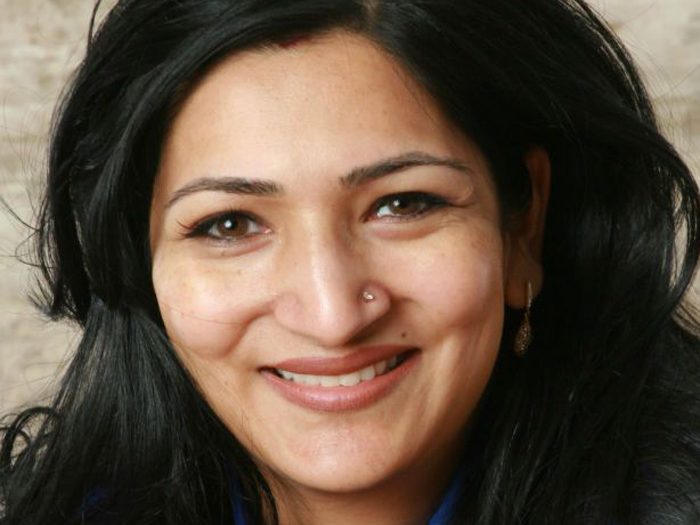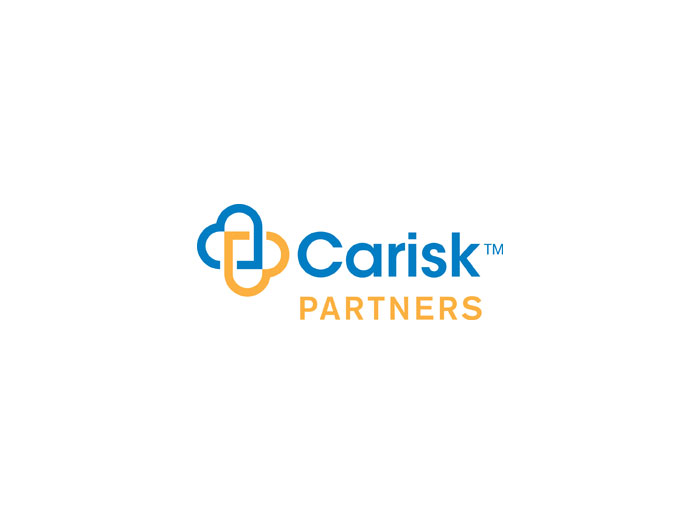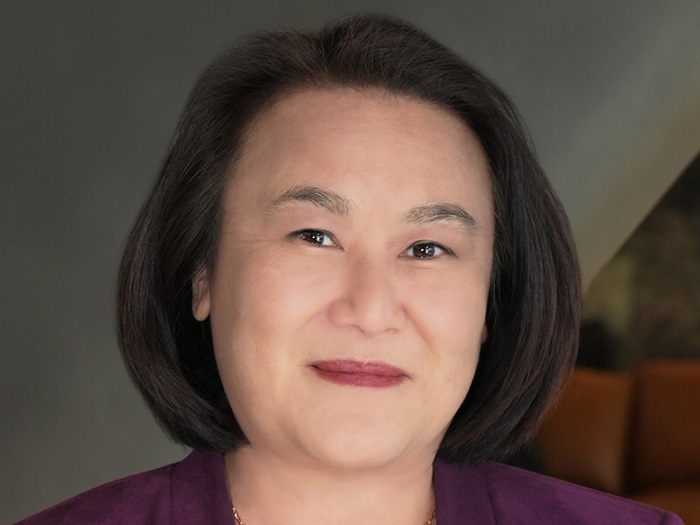Digital Transformation
Seven Questions for Henna Karna

Henna Karna is XL Catlin’s Chief Data Officer and is responsible for its digital/data innovation strategy.
A recognized expert on digital strategy, data analytics and digital transformation, she has more than 20 years of experience leading innovative digital/data strategies in the insurance industry. Her skills include developing data-driven risk solutions comprising genetic cognitive learning, behavior modeling, proprietary algorithms and deep neural networks.
Before joining XL Catlin, Henna served as managing director and global head of actuarial technology and operations for AIG, where she oversaw actuarial technology strategy and operations.
Earlier, she was president of Verisk Digital, a subsidiary of Verisk Analytics. She also has advised numerous Fortune 500 companies on their digital innovation and disruption strategies.
R&I caught up with Henna recently to get her views on her role and the topic of digital transformation in the insurance industry in general.
R&I: What is XL Catlin’s data strategy?
HK: XL Catlin’s data strategy has three parts: It’s about building sustainable business impact; speed of converting data into insights; and extending our culture towards digital innovation.
Our businesses and our industry are guardians of sorts. Our goal is to help other businesses, and other people, become whole after a devastating loss. We bring with us a feelings of security, safety and stability for entities we insure.
We do that by examining risk through the lens of data — structured, unstructured, bespoke, complex, generalized and precise. Building a sustainable data ecosystem helps us to better understand not just historical risks but those that are imminent and upcoming, from cyber to natural catastrophes.
When it comes to empowering our underwriters, actuaries, claims and risk management colleagues, we measure ourselves by speed to value.
Prior to the digitization of data, our industry had disjoint pictures of risk. Many functions within our industry focus on data wrangling, data governance, and data management. It is likely that our industry spends more time connecting the data than leveraging the connected data that offers valuable insights.
A year or more ago, we had a fair explanation as to why that was the case — we couldn’t connect the dots because not all of them were available to us. Now, with digital capabilities in hand, we have the ability and capability to acquire a more holistic, real-time view of risk.
This gets to the third part of our data strategy, digital innovation. As a niche B2B entity, we deal with very complex risks. To develop this 360-degree holistic perspective of risk, we need to engage with clients and brokers in very close, collaborative relationships.
The digital world can help forge these closer engagements, not just the ecosystem we’re operating in but also the sub-tier ecosystems across the network, both internally and externally. Our strategy calls for tearing down internal and external silos that impede collaboration and creating stronger bridges across the network to encourage it.
R&I: How long have you been in the position?
HK: It is over a year now.
R&I: What have you found to be your biggest challenge?
HK: One simple answer is priorities. It is a thoughtful, iterative activity that we do. We prioritize all the time; we calibrate our learnings, changes and validate our approach constantly — that’s where we spend most of our conversations.
To be clear, how we prioritize also has to be calibrated by our constant learnings. Sometimes the initiatives we prioritize are continuing efforts or continuous improvements or strategic. Each type of initiative warrants diffident criterion for success and for milestones. Hence our way to prioritize has to be transparent and flexible. If you want to be in a world that is changing, then the traditional priorities may no longer be as important as before.
Depending on the type of initiative, what you measure as a metric for success may be vastly different and so the dimensions for prioritization would also be quite different.
Human nature is to often abide by current rules and traditions and only consider new ones if the current ones are no longer valid or useful. Now, we want to maintain what is working and simultaneously drum up new ideas.
R&I: How do you marry analytics to the professional experience of veteran underwriters?
HK: We’re very much an organization, but we’re an organization made out of people. Collectively, our people are our biggest asset. So the goal becomes how we can further empower our people.
They already have strong intuitions — more often than not they’ve assessed diverse risk-oriented trends and developed their own analysis. If we can give our skilled talent another set of lenses to do what they already do well, they will do their work even better.
For example, when we speak to our underwriters, it is apparent their accuracy and precision in certain areas of risk is off the charts; they know the subject so well. We also have to balance holistic knowledge and expertise in a domain. That’s a tough balance to constantly manage.
If we specialize and get focused on one thing, we may miss other pieces of the insurance value chain. One analogy would be a heart doctor who knows everything there is to know about the heart but not nearly as much as the lungs. Yet both organs function as parts of a whole.
If we look at things holistically, we risk not seeing all the symptoms. Much like an internalist who would look overall symptom of health and any “reasons” to go deep.
Digitalization not only is good for specialization, but it also opens our eyes to other parts of the whole. It compels underwriters to consider more than what is obvious about a risk, without having to juggle so many disparate pieces. In effect, digitization does the juggling.
R&I: You’re working to create models that will help underwriters prioritize which risks to focus on. Is that process gaining traction?
HK: We rely heavily on our team’s expertise. Their domain expertise, breadth of knowledge and intellectual rigor prepares them to look ahead at what is in store for a particular geographic region or in a book of business.
We’ve now asked them to highlight the areas where they have achieved particular success, looking backwards at the historical to unearth the best situations, risk-wise. We’re now tasking them to find analogous situations across their books.
This concept will be ongoing, despite the predictive power of machine learning and artificial intelligence. They’re basically avatars; we are not replacing the underwriter. We’re just empowering the underwriter with vastly better eyes and ears.
We’re very much an organization, but we’re an organization made out of people. Collectively, our people are our biggest asset. So the goal becomes how we can further empower our people. They already have strong intuitions — more often than not they’ve assessed diverse risk-oriented trends and developed their own analysis. If we can give our skilled talent another set of lenses to do what they already do well, they will do their work even better.
R&I: How do you share strategies between books of business?
HK: One way is crowdsourcing — for example, getting input from across the enterprise to collectively balance our book regionally, which helps prioritize certain resources within the company and with our partnering brokers. If we find successful practices in a particular book, we may recommend our colleagues to leverage these practices in their books.
R&I: Is this work helping XL Catlin get to market faster, or get products to market faster?
HK: In days past, with a new product or service, typically there will be a group of people who go off and get the data, transpose it, and think about which market is affected. All this happened iteratively from the ground up, consuming weeks if not months of time. That’s what slowed down market penetration.
What we are doing with our digital transformation is tethering all of our data and information to a tree trunk. Each time new data is discovered, it becomes a bespoke branch of the tree. Over time, the tree grows into a resplendent array of branches, each one a source of intelligence. But it’s the tree here that is important, as it represents the whole — an ecosystem and multi-sided platform.










